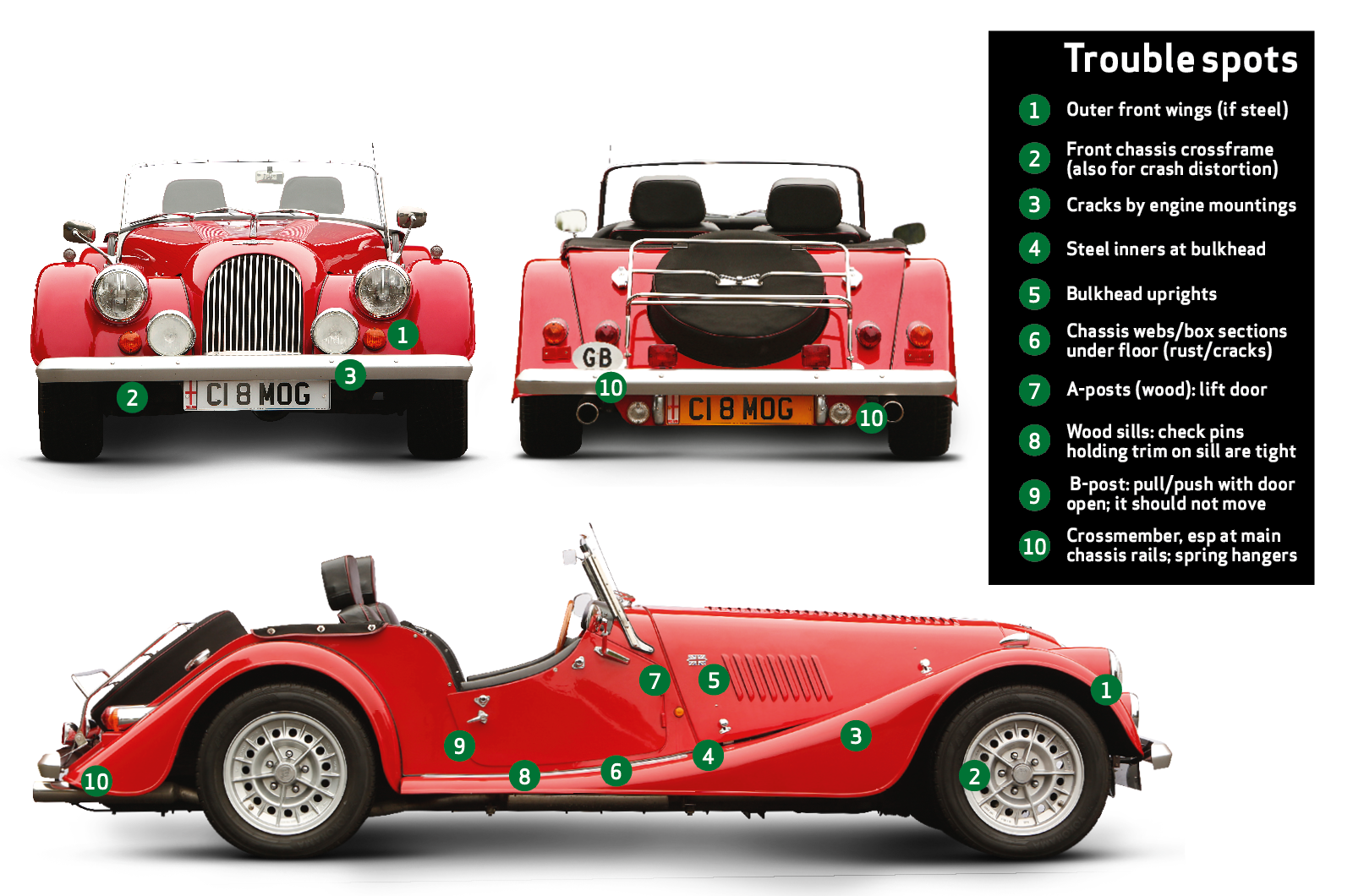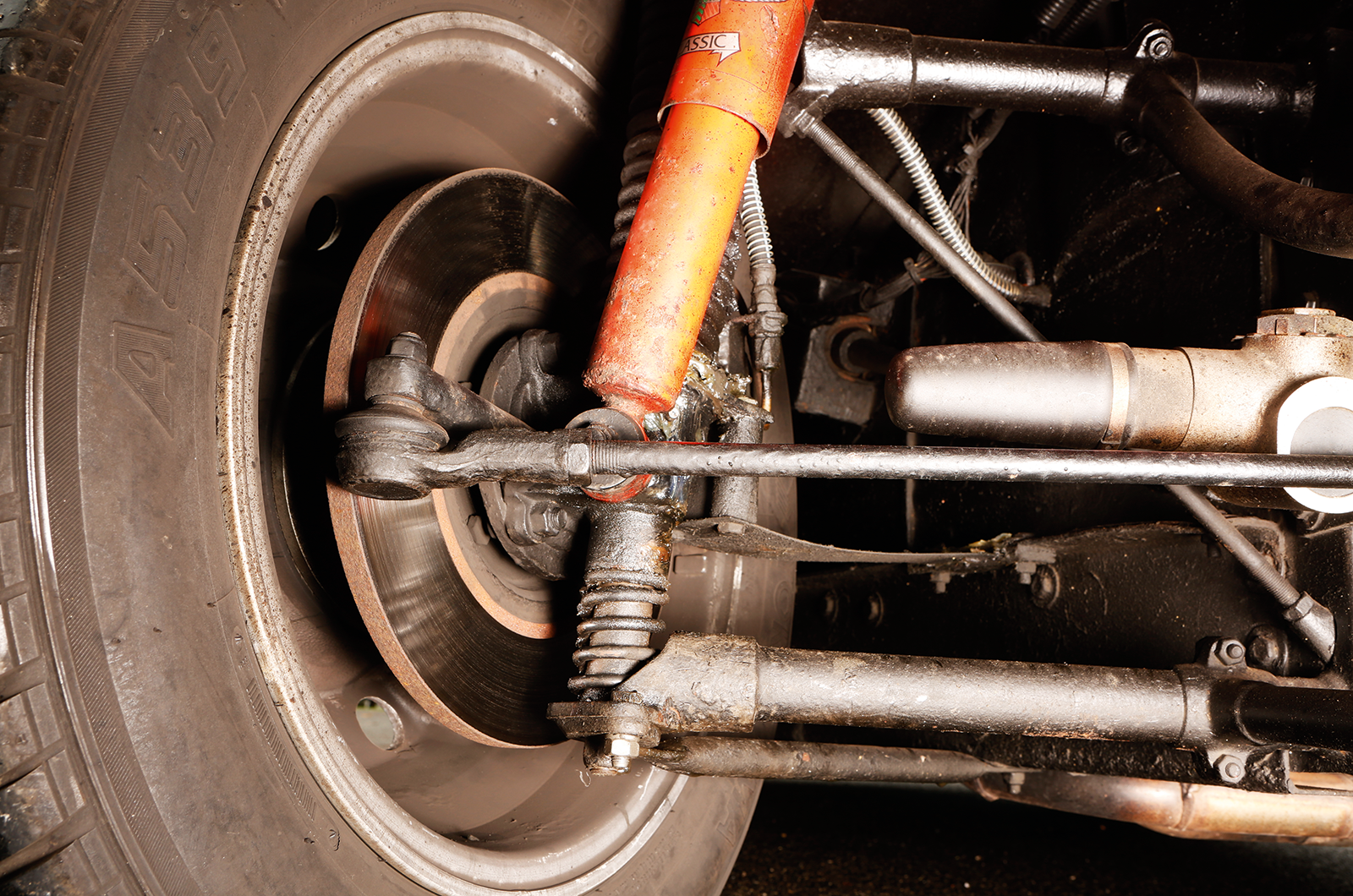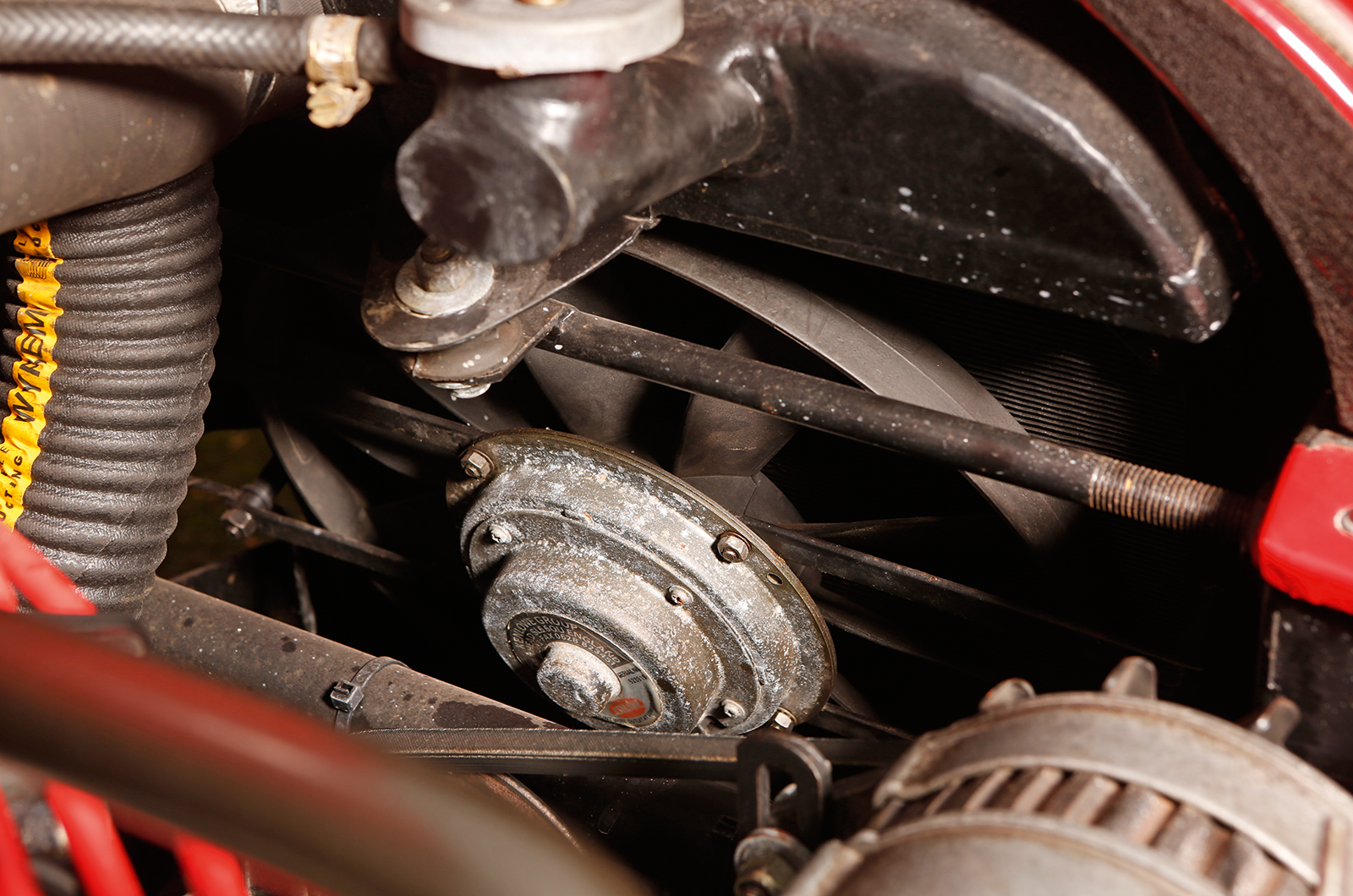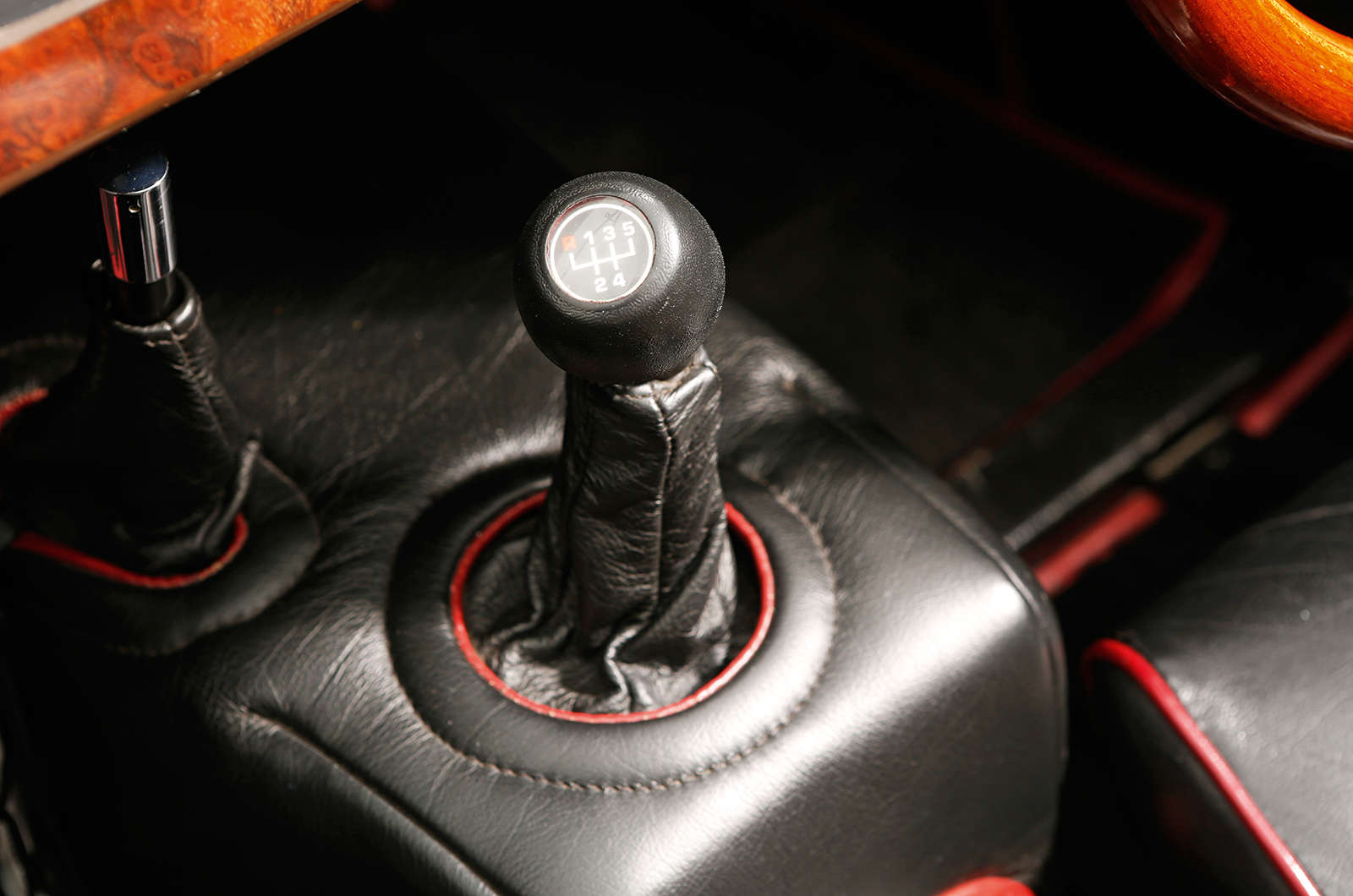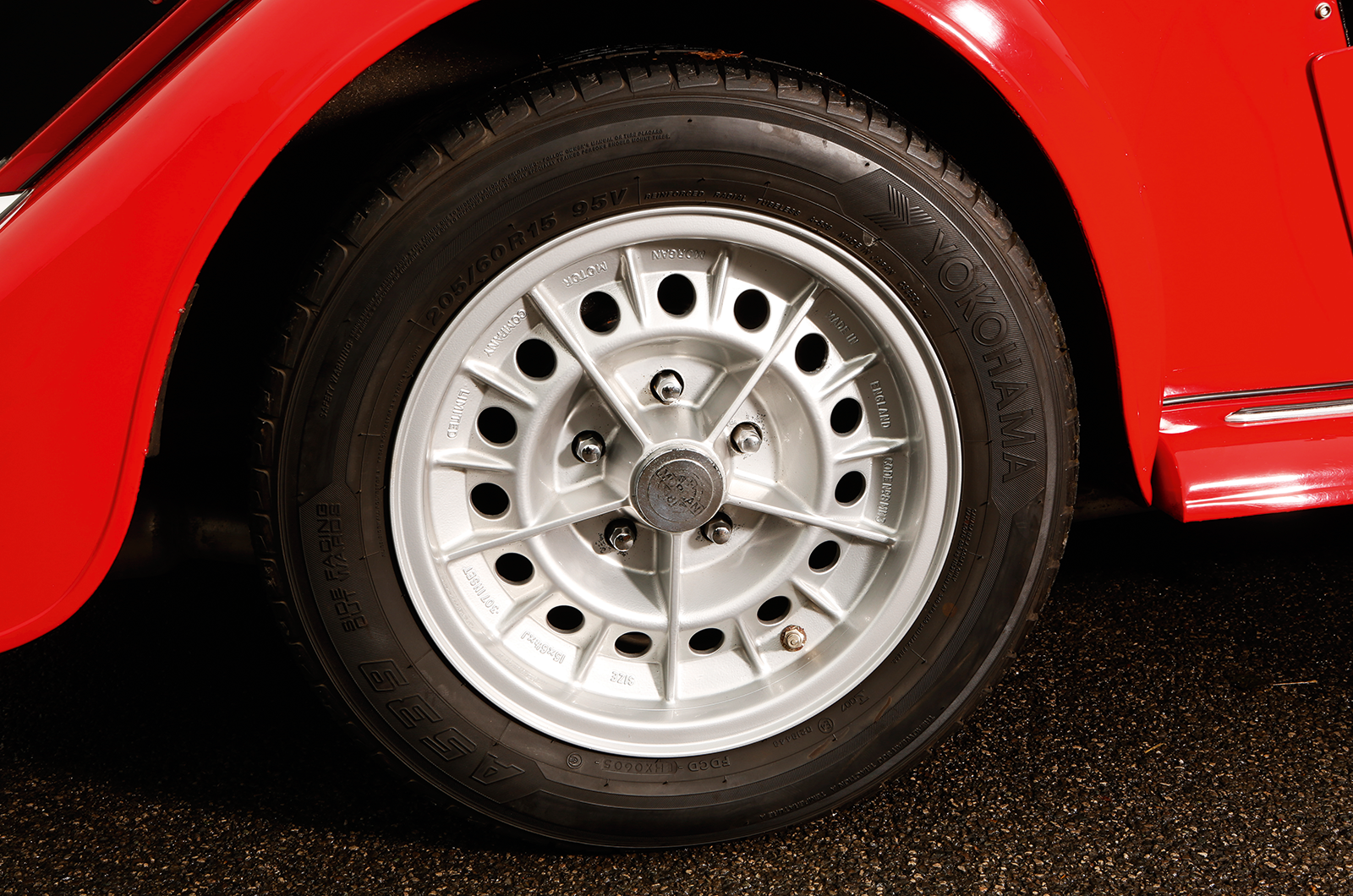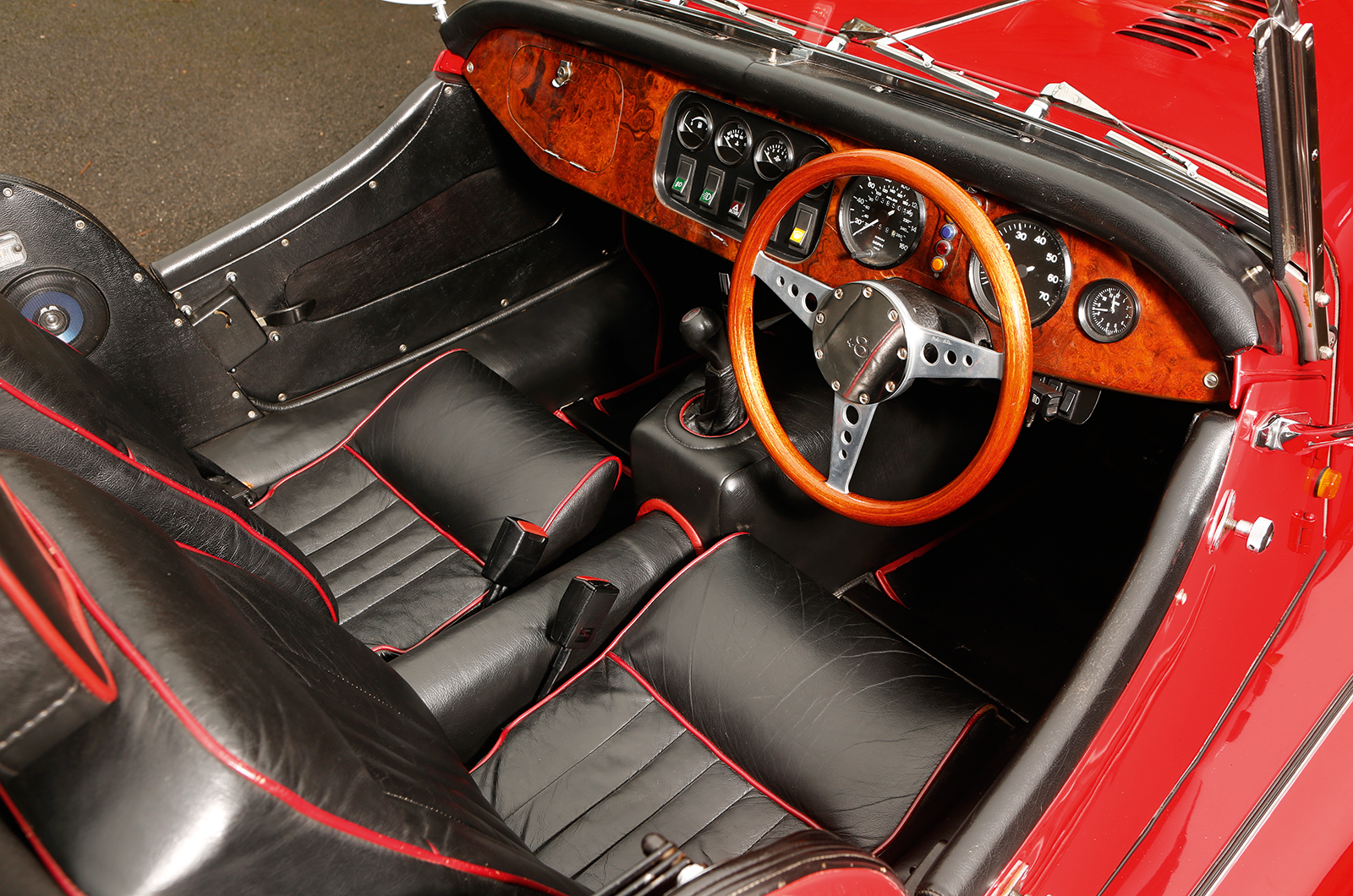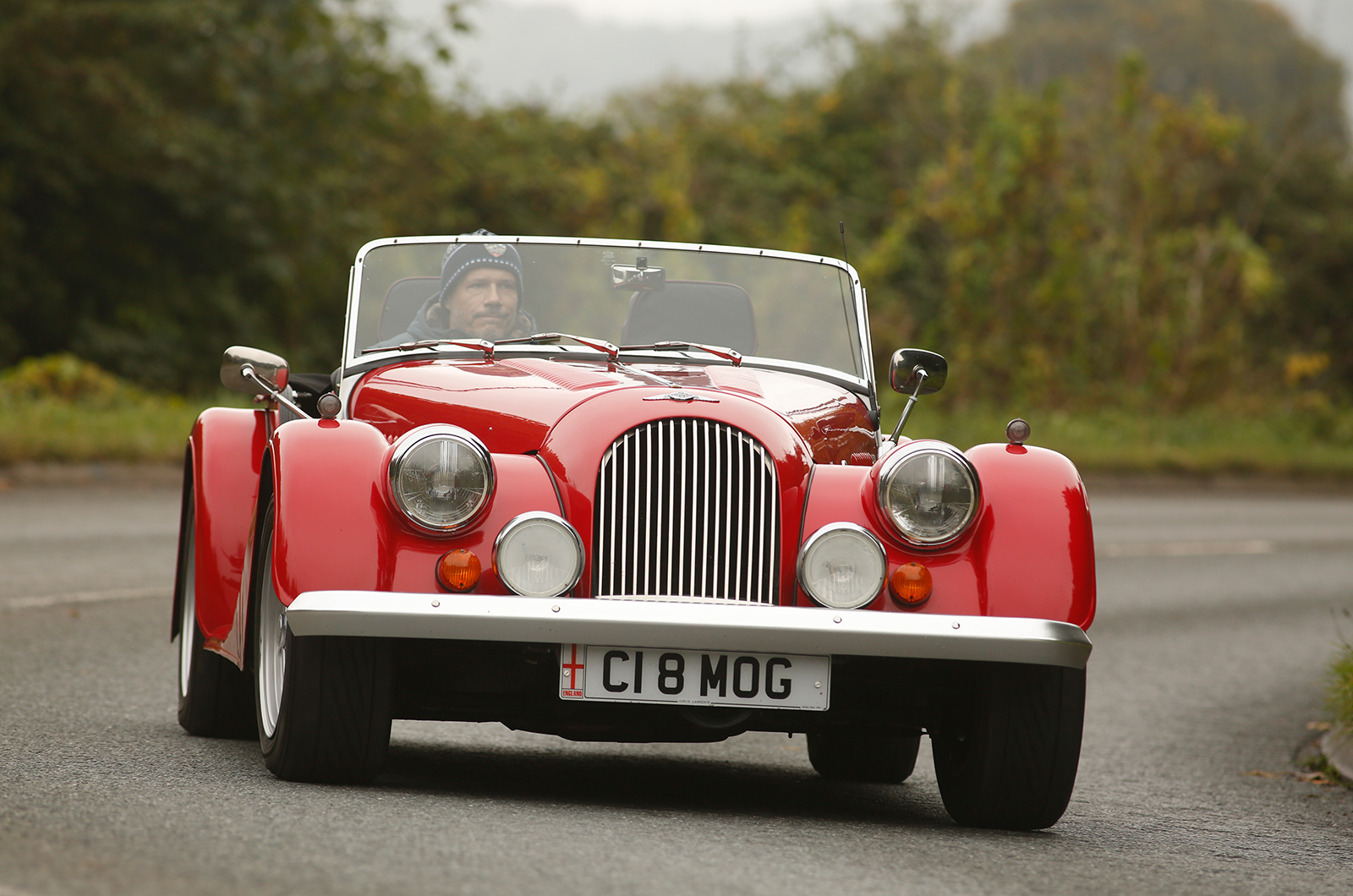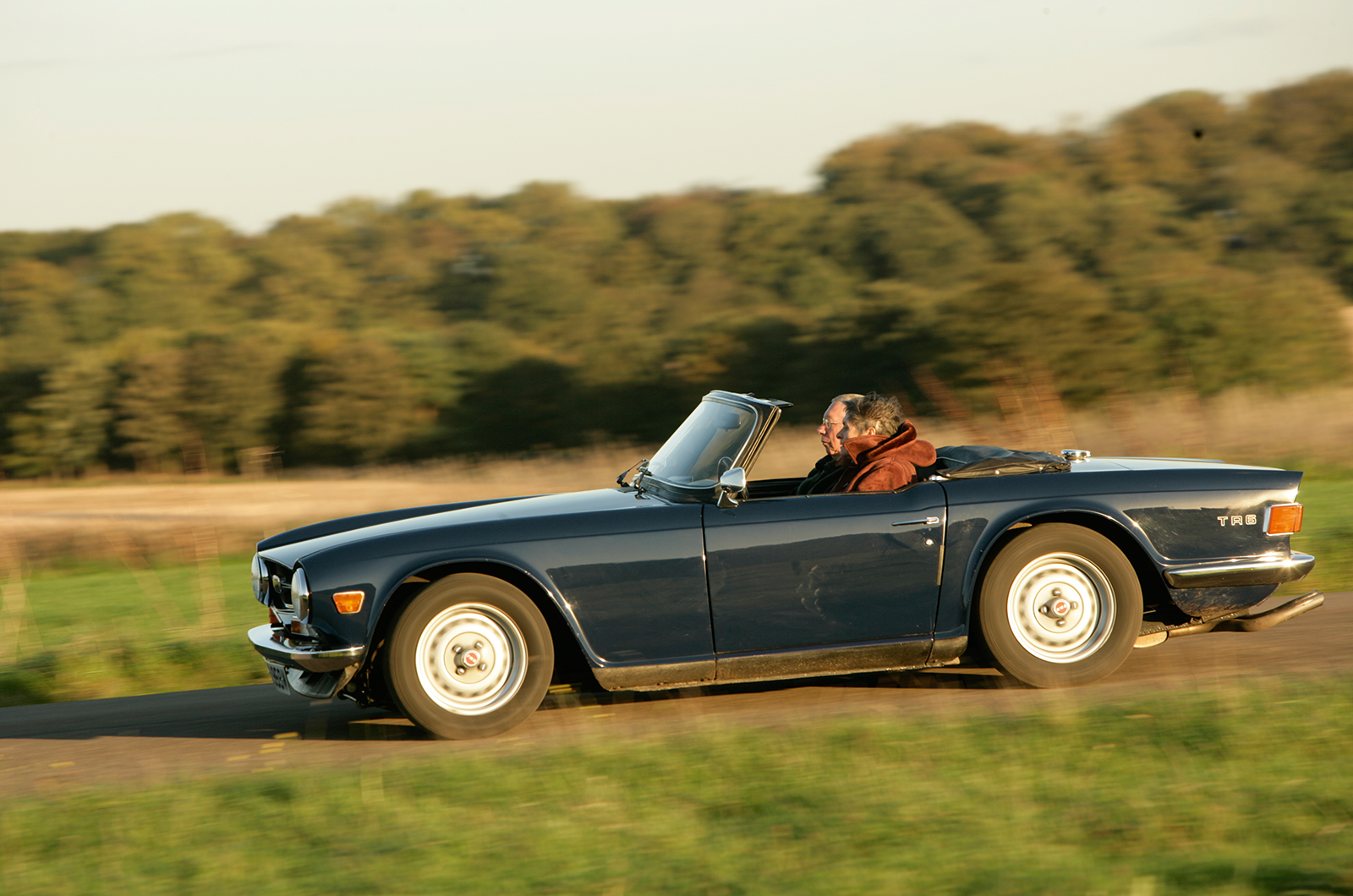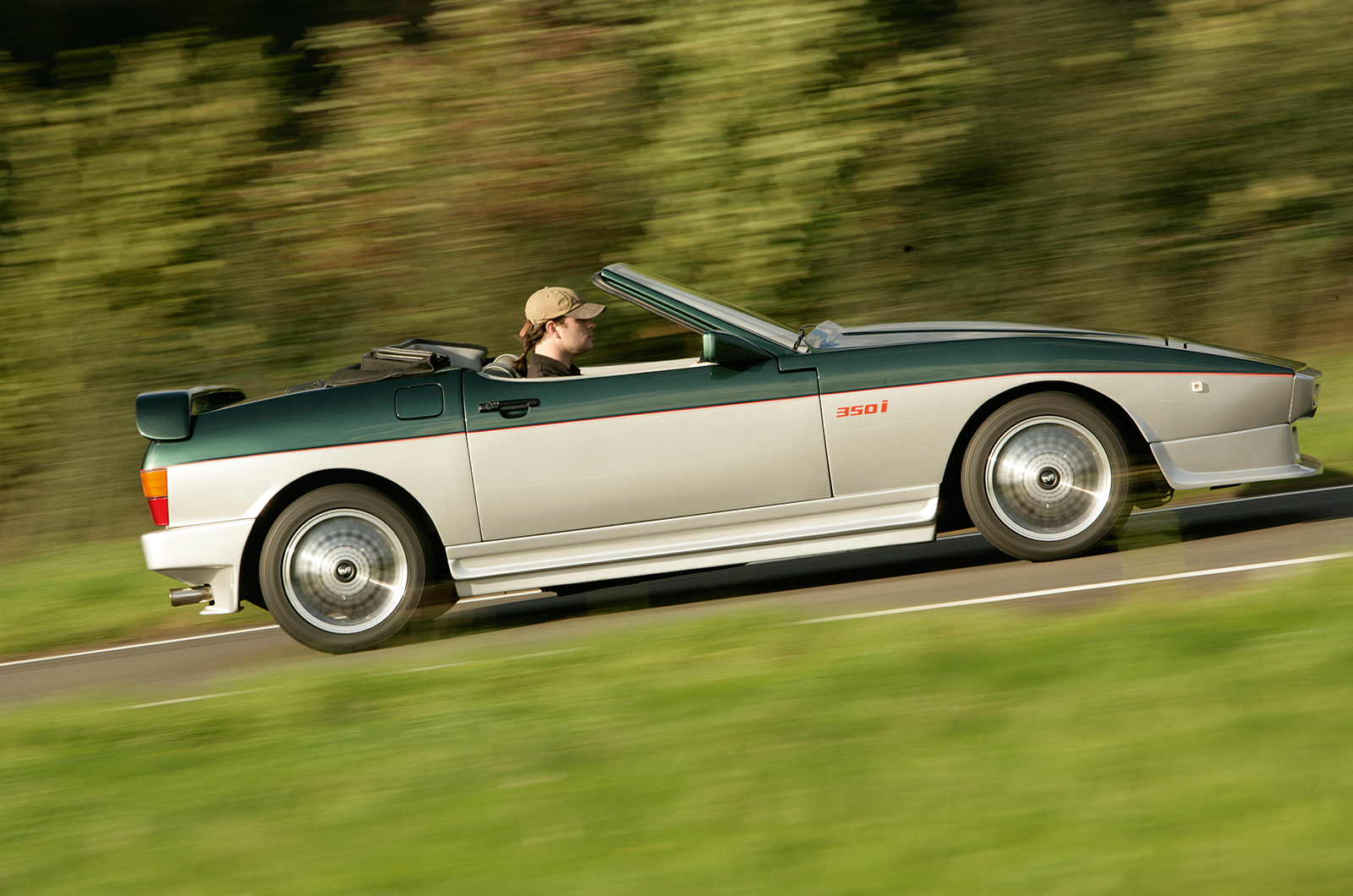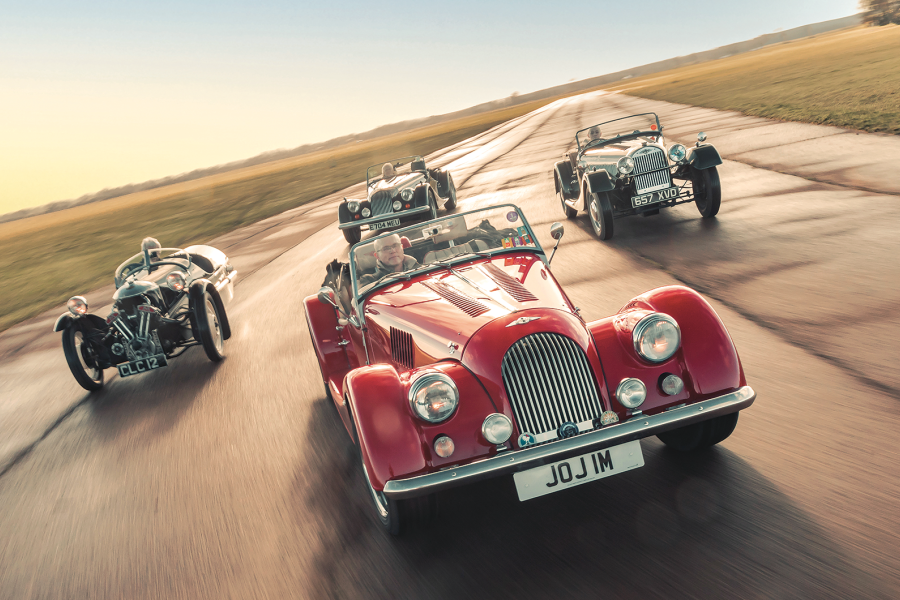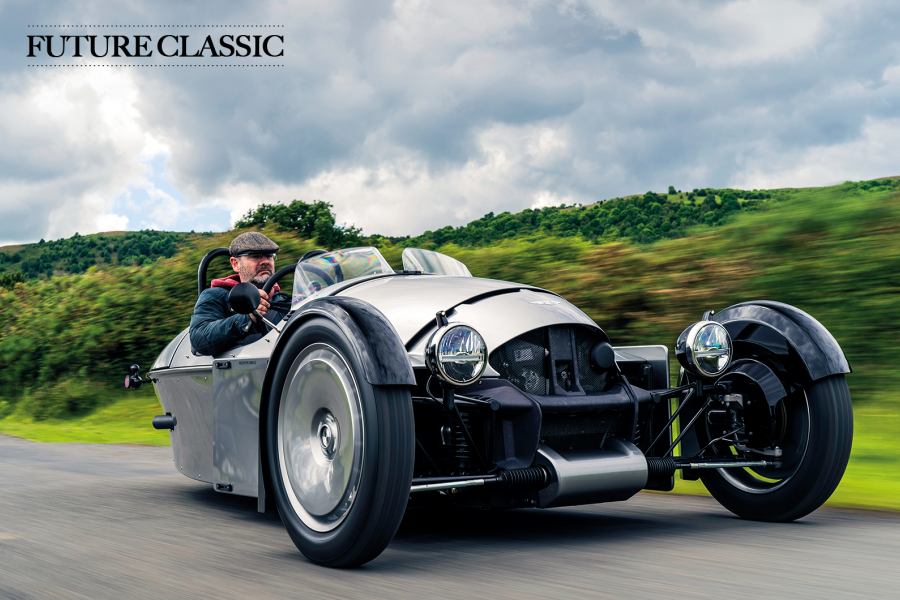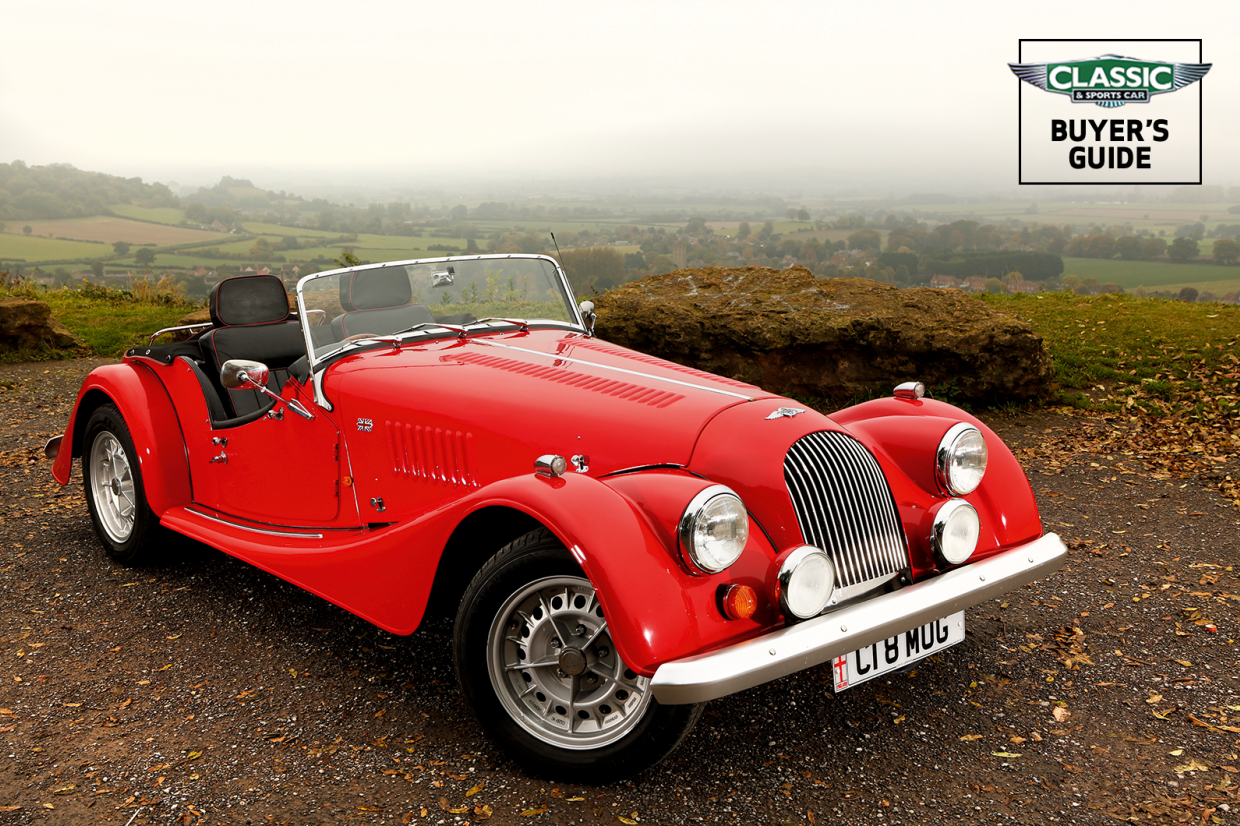
Why you’d want a Morgan Plus 8
Always sought-after for their uncompromised sports-car image plus effective retro styling and construction, Morgans are wrapped up in a legend that keeps them in an economic bubble. Depreciation is virtually unknown, demand is always high and values are remarkably stable and predictable.
Scarcely affected by the recent soaring of prices for contemporary machinery, Morgans are in danger of being left behind – making them overdue for a surge themselves. As one of the most desirable models that sold steadily for 35 years, the Plus 8 certainly has to be one of the safest investments in the classic car park right now.
Shoehorning the Buick V8 into the Plus 4 chassis was a challenge, ably fathomed by race engineer Maurice Owen. It necessitated a new collapsible steering column and an electric cooling fan. An alternator, triple wipers, foglamps and hazard lights joined the spec, too.
As soon as production was underway in 1969, the Plus 8 grew in width and wheelbase, making it slightly more spacious than other models. About half have aluminium rather than steel bodywork (or a mix), so check carefully which you are viewing. Ally is lighter and less prone to corrosion, but it is more susceptible to dents and paint falling off.
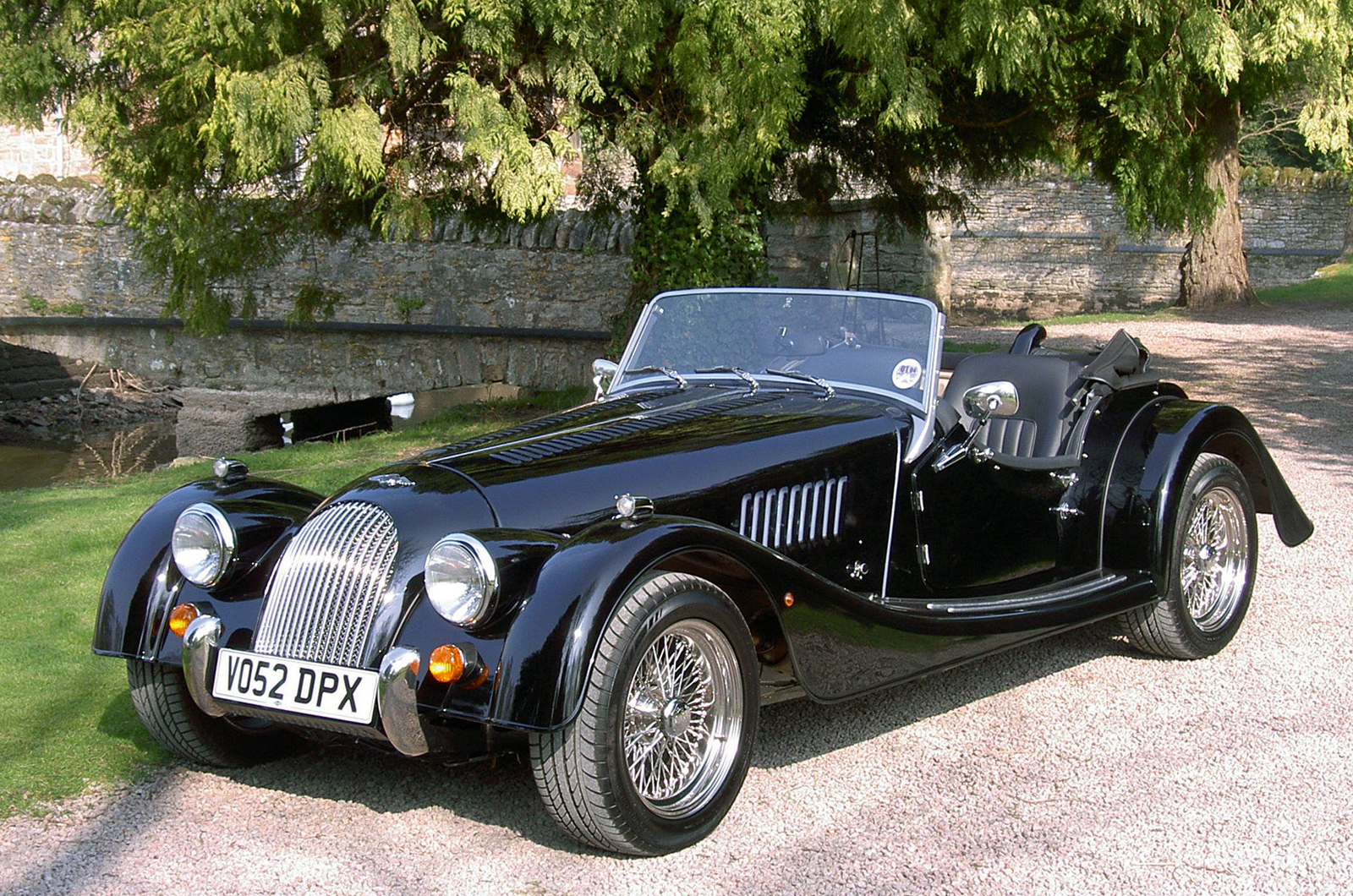
2003 Anniversary Edition marked 35 years of production

